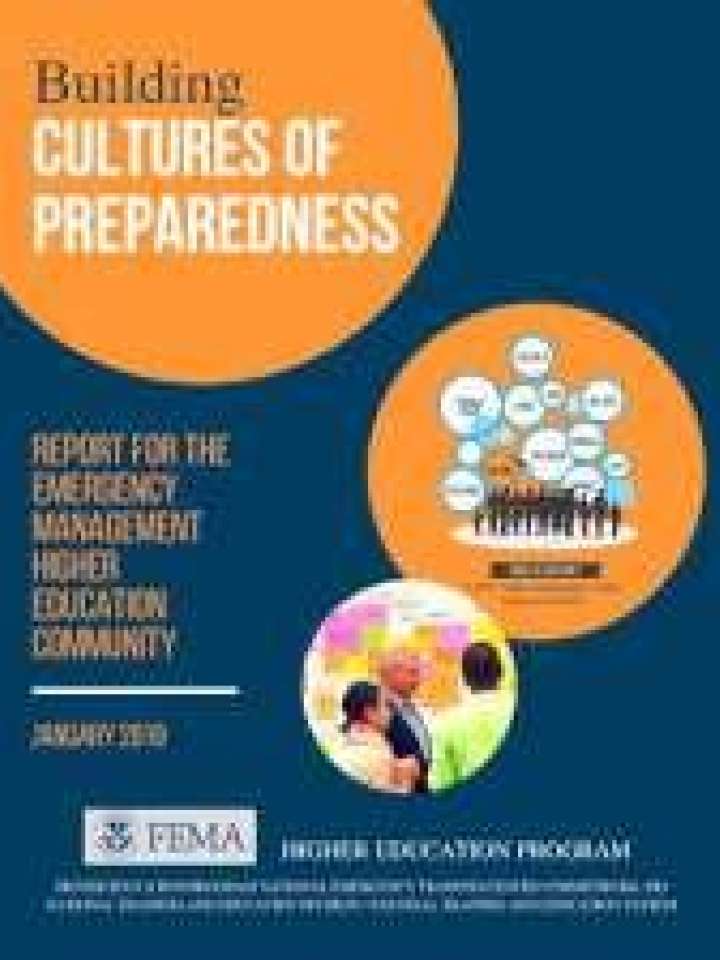Building cultures of preparedness: report for the emergency management higher education community
Preparedness strategies to date have increased first responder and government capabilities, but individual and community progress towards enhanced levels of preparedness have been limited. Achieving the vision of enhanced preparedness requires a bottom-up approach to close these gaps.
This report highlights the vast diversity of American communities and households, indicating that a one-size-fits-all strategy is not well-suited to the specific demands of variable and distinctive environments. Preparedness is a local matter, requiring solutions tailored to different cultural contexts and embraced by communities. Supporting the vision of a resilient nation requires people to think in the plural, in terms of building ‘Culture(s) of Preparedness’.
This report presents a culture-based approach to the preparedness goals laid out in the Federal Emergency Management Agency’s (FEMA) 2018-2022 Strategic Plan. It lays out four guiding principles for building 'Cultures of Preparedness', followed by practical strategies and examples that demonstrate successful outcomes in real-world settings:
- Trust - develop trust by understanding the culture, context, and history of communities outside of disaster, as well as when an event occurs.
- Inclusion - bring the cultural perspectives of all stakeholders to the table.
- Cross-cultural communication - design communication efforts as cross-cultural encounters.
- Support local practices and successes - learn about the ways people are already prepared and enhance these efforts using culturally-aware strategies.
Explore further
